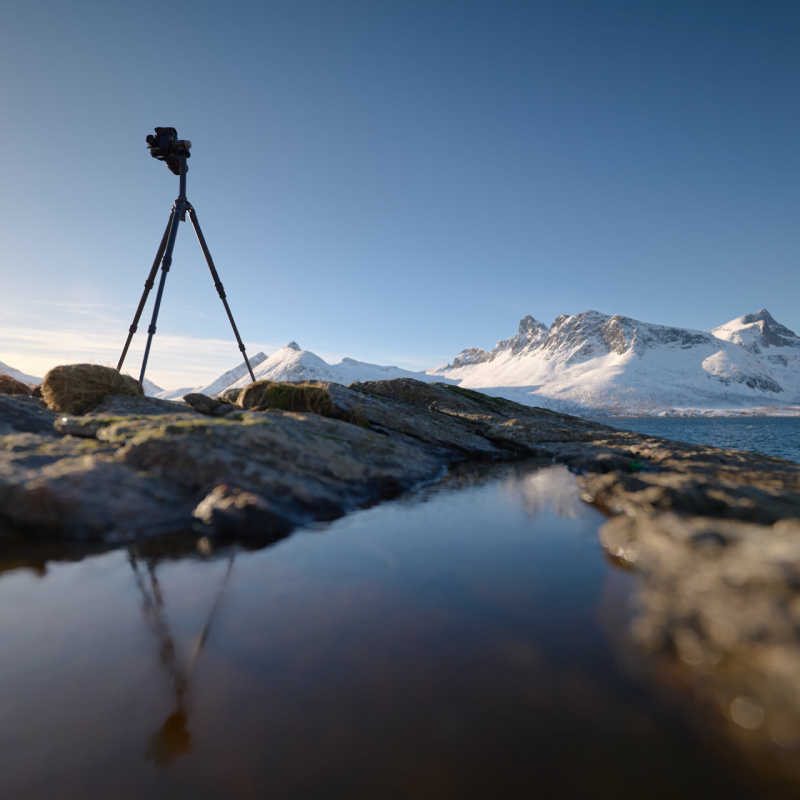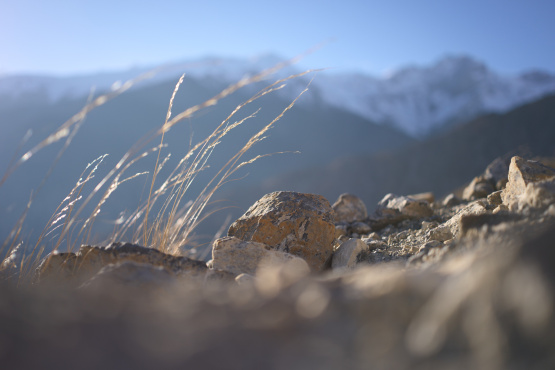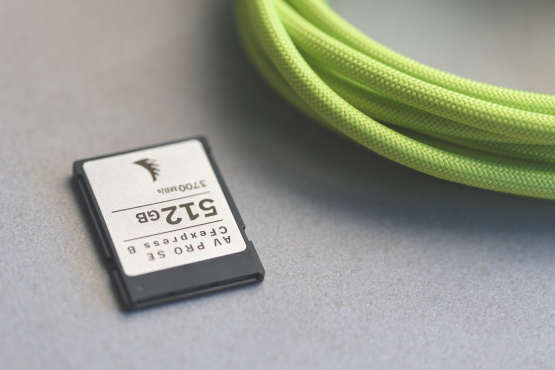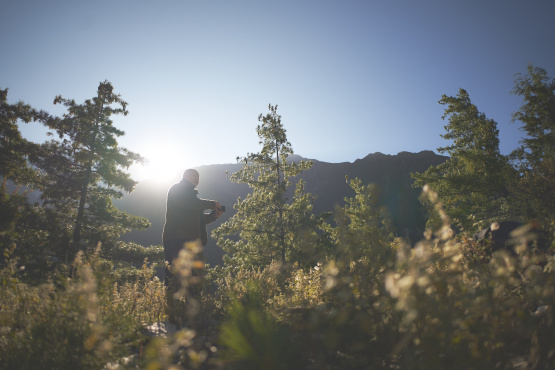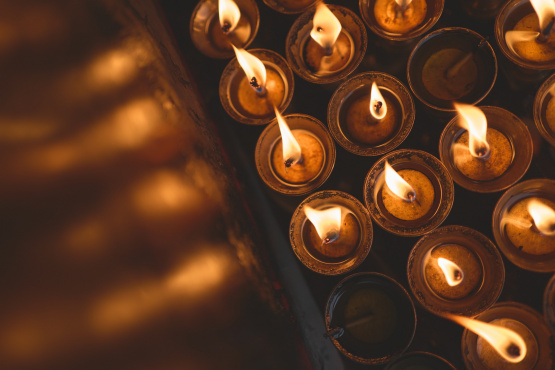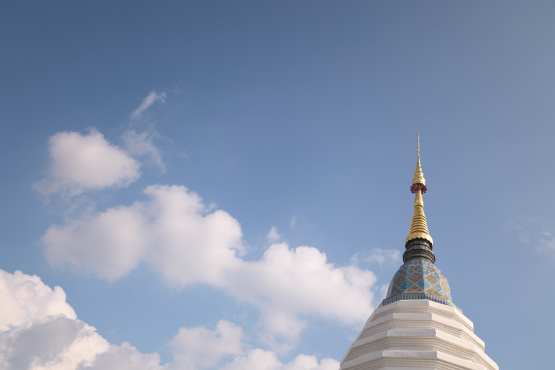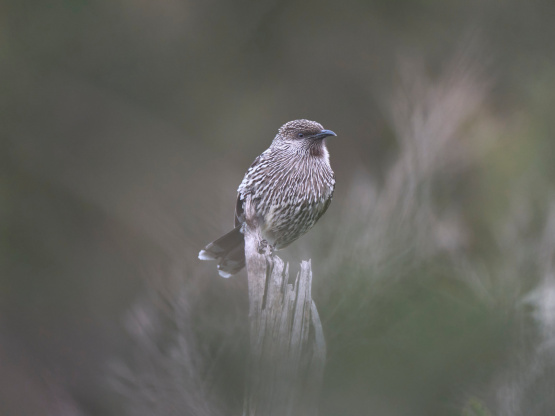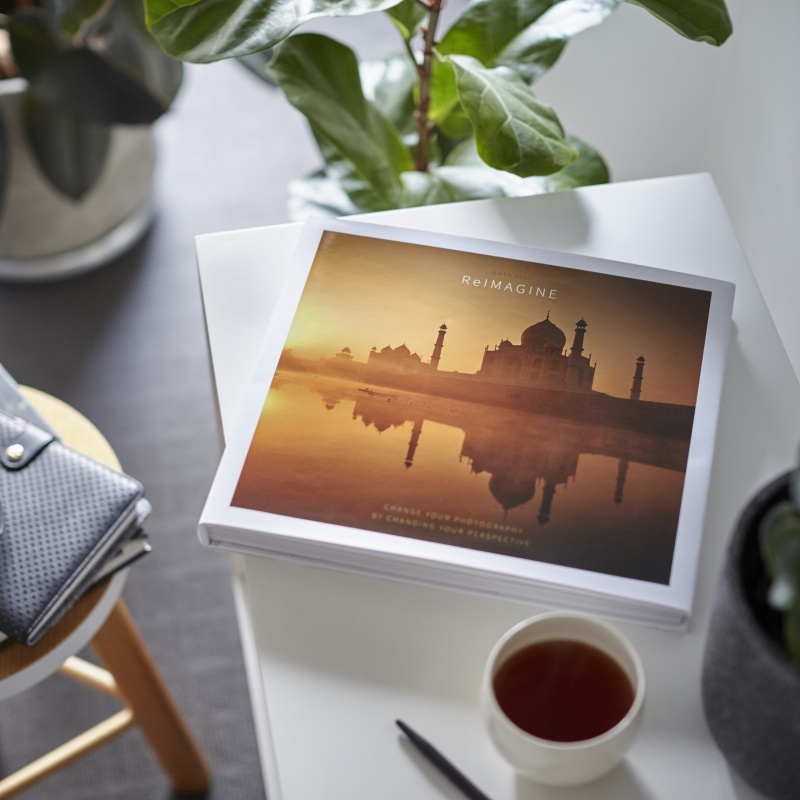I recently did a deep dive on a lot of RAW editing tools. Pretty much anything that isn’t Adobe or Capture One was on my list, and it was exhausting. Not because so much of it was half baked software with minimal camera support, but because so much of it was focused on using AI to alter images rather than helping photographers to do their own edits.
I had seen a few examples of this in the past, and brushed them aside as “influencer tools”. They weren’t really good for photographers, they were more about dropping a sunset or milky way into the sky so you can fake some holiday moments. Good stuff, just what the internet needed. More fake photos.
But this was different. ON1 Photo Raw was suggested to me as a serious contender to Capture One or DxO PhotoLab. It’s got support for catalogues and tethering (sort of), the UI and keystrokes can be tweaked, and there’s a slew of features to apply layers and fine tune the RAW file. Indeed there are rather a lot of ways to create a masked layer, many featuring some smart technology that automatically selects objects for you.
This was the thin edge of the wedge. AI to make hackwork easier seems like a sensible idea. Ai to replace the sky with fluffy clouds or an aurora, not so sensible. That’s not editing RAW images, that’s creating digital art. And why shouldn’t someone use their photos as a foundation for building intricate and beautiful works of art? Nothing wrong with that at all, unless it’s no longer the artist creating the work.
This is a slippery slope, and we’re already on it. Seeing basic functions like editing RAW files suddenly flooded by “AI powered tools” is the canary in the coal mine. We should all be very concerned about where this is taking photography as an art form.
Editing a RAW file in Lightroom versus exposing a print in the darkroom has always been a touch controversial. Never mind that darkroom techniques to build montages and composite images have been around for more than a 100 years – the digital darkroom has made manipulation of images a lot easier, faster and more common. Most of us accept that taking a RAW file and tweaking it, and burning in layers and cleaning off dust spots is not particularly controversial. Cloning in content from a second image, maybe that’s where we diverge from photography and into digital art. And the distinction is important, for both creative forms.
AI is taking us somewhere very different, and it’s happening right now. For example, some writers now use AI tools to assist them with quality and efficiency. AI can help them build better plot development, monitor character consistency and of course improve your grammar. We’re a long way past the stage of spell-checker in Microsoft Word. As someone who has suffered from dyslexia for my whole life, I have to say I would never have landed a gig writing for photography magazines if not for the magic of spell-check. But grammar and structure were a little more difficult, and it took a lot of kindness from my editors to move up to a professional level.
The same is happenign in photography. You don’t need to take the photo, you can create it instead.
Software like ON1 Photo Raw will help you create images that never existed. There are tools to drop in pre-selected backgrounds, in-fill where you run short of pixels, or even upscale for detail where detail never existed. Was your killer shot of a hummingbird out of focus? No problem, there’s an AI tool to rebuild detail as determined by an algorithm instead of a lens.
We can go a step further and consider projects such as “Midjourney", an AI system that takes written words for input and dynamically generates AI art based on the interplay between the user input and its own learned experience. Most of what it generates is fantaasy and surreal, at least for now. As the name suggests, it’s only a stepping stone to somewhere much more advanced. What happens when a system like Midjourney is placed behind an editing tool like ON1 Photo Raw? At some point the “RAW” becomes completely unnecessary.
https://midjourney.com
Even at this half-way stage of AI enhanced processing, I think we have a problem. Photography is art only when the photographer is expressing themselves through the medium. Anything short of that is no longer art. Without the intent of the photographer, the camera is just a piece of hardware with no relevance or intrinsic value. Capturing a photo is only half the job for a photographer – the other half is processing the image. This is precisely where the photographer delivers on their creative intent, and fully develops their style and nuances.
What does it mean when machine learning is taking over that half? It’s the equivalent of sending your roll of film to the chemist for processing instead of do your own darkroom work. Or emailing a folder to someone in India to finish the files at $5 an hour. If we allow AI to take over the creative direction in processing, then are we still photographers at all?
To muddy the waters a little further, let's take the example of “Palette”, a website that lets you upload an old B+W image and have to touched up and colourised within a few seconds. A task that would normally require immense skill and painstaking dedication, now being replaced by AI. Palette does a very convincing job, and for a lot of people gives them access to reimagine the world their grandparents lived in.
For some reason this use of the technology doesn’t raise my hackles, because it’s not being used to manipulate an audience. It’s being used to make a bunch of people happy.
https://palette.fm
Manipulation is the key though. I’ve written a lot about the problem with digital art in social media being presented as photography. Ideally there should be a clear line between the two, but often there isn’t. You don’t know what you’re really looking at when you scroll through Instagram. The audience never really knows where reality ends and fantasy begins. The audience is being manipulated by the algorithm, which decides what they will see and when.
In the case of Instagram though, the algorithm manipulates the ‘content creators’ as well. it tells them what they need to post, what format to follow and how often to feed the beast. When I think of Instagram and the people who spend so much time creating content for it, I am reminded of the story about two laboratory mice. One says to the other, “Hey buddy, check this out! I’ve got the lab technician really well trained. Every time I ring this bell, he brings me food!”
In 2022 there was a big revival for film based photography. Much of it as elementary as pinhole cameras. Most of it Black & White where processing your own film and prints is a little cheaper and a lot less toxic. There’s even talk of new cameras being designed to satiate an enthusiastic and growing market. Have a look at the #IBelieveInFilm hashtag to enjoy some of this yourself. It’s a beautiful reaction to the bigger drama unfolding, but in many ways it’s like trying to hold back a bushfire with your garden hose.
AI is the future of imaging. Don’t pretend otherwise. Software like ON1 Photo Raw will make it easier for professionals to step further into the world of fantasy. That’s why it’s never been more important to consider for yourself what it means to be a photographer, and why it’s so important that there is purpose to what you capture. Intention is the foundation of expression.
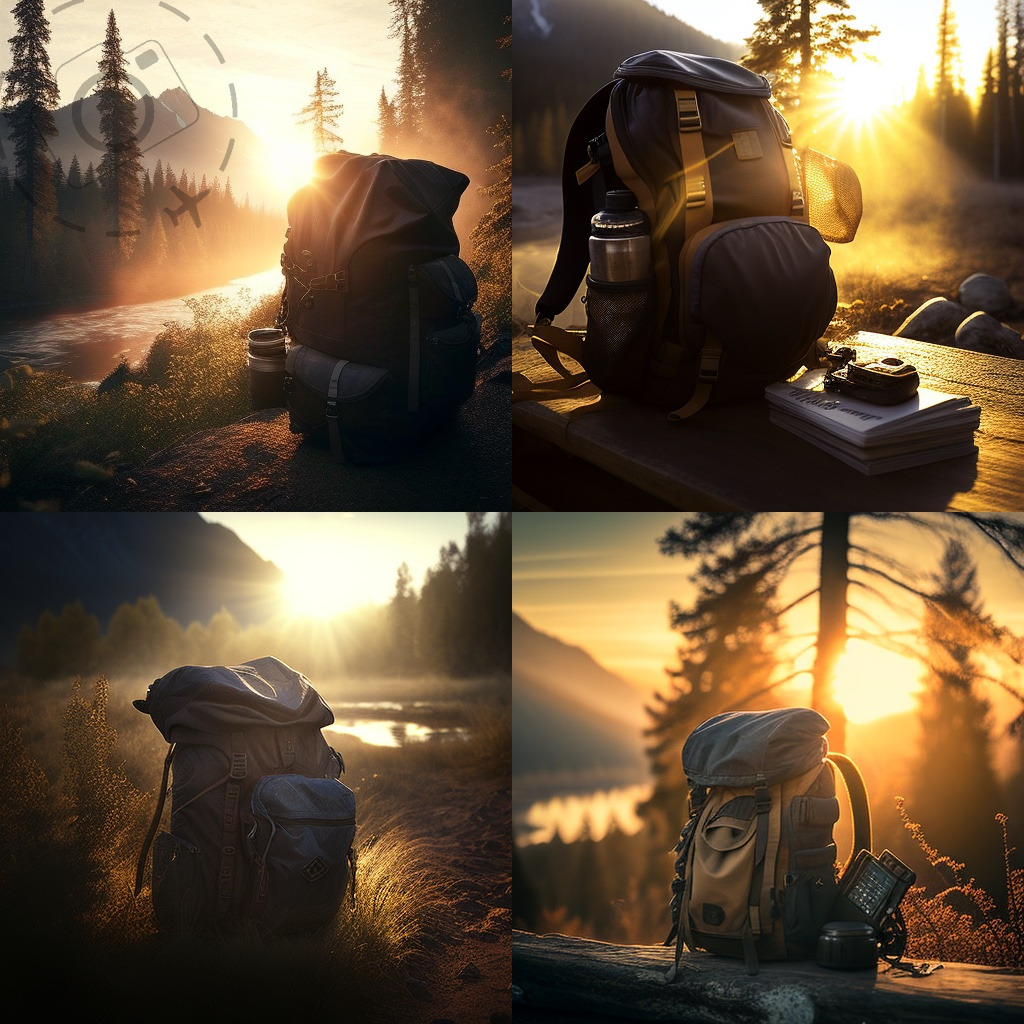
[ MidJourney created this render when prompted with a single sentence of words ]
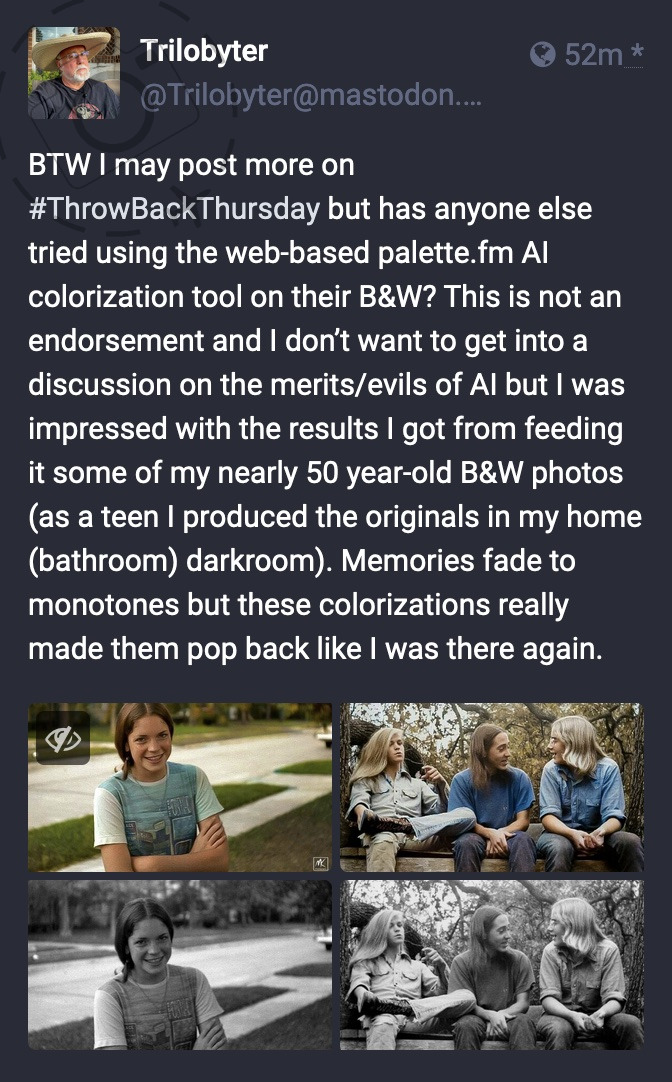
[ Recolouring old photos with Palette
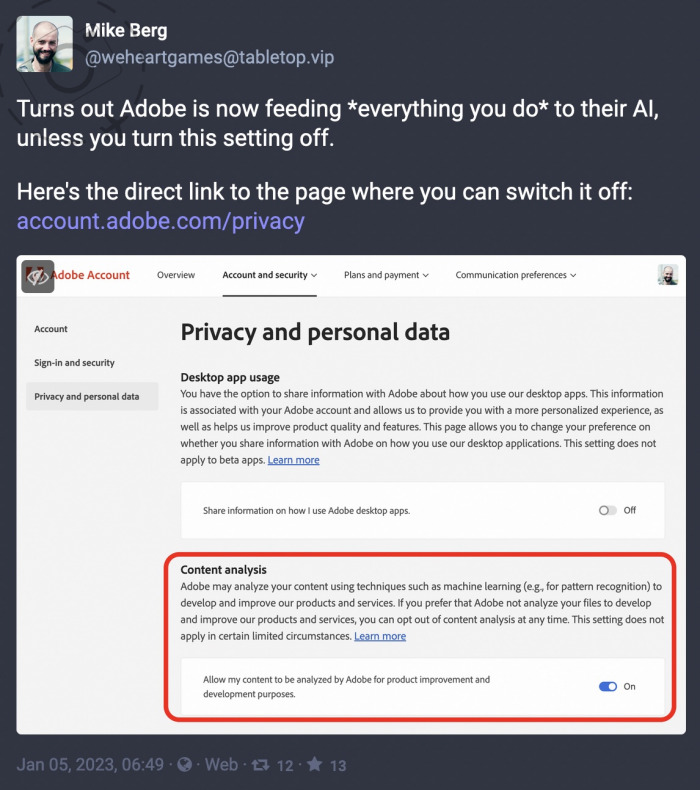
[ Adobe are using your catalogues to train their own AI systems ]
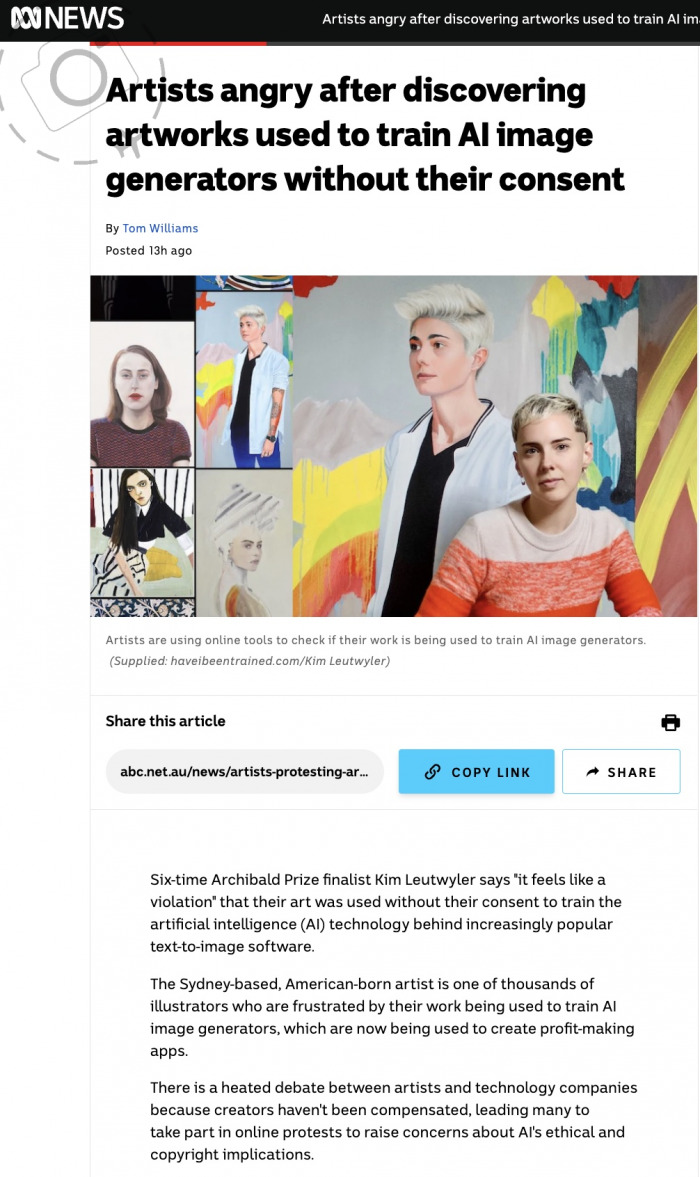
[ Who's images are being used to train AI's? ]
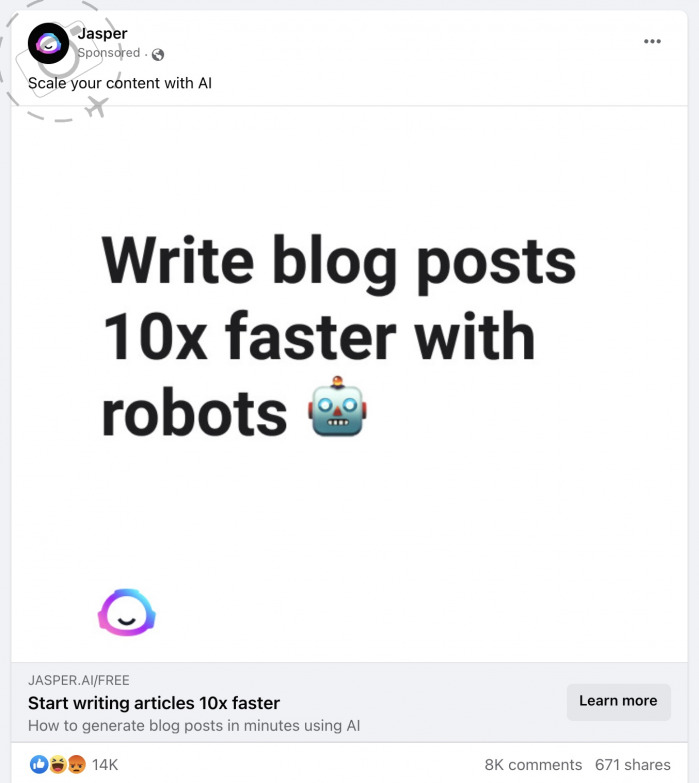
[ Now we have machines writing content to feed social media algorithms ]
Post Script
One of my lovely readers sent me a reply after posting this article, and shared a few thoughts of his own regarding the topic. I thought they were worth sharing as well, his perspective of a retired travel photographer who witnessed the world change from film to digital.
The Reply:
Enjoyed your article AI Is Not Your Friend. I find it interesting from a number of angles, the first being that I have used On1RAW exclusively for many years and it just keeps getting better. I rarely use the gimmicky features, but there are times when they can rescue an image when all is lost. It was developed for photographers by photographers and is very intuitive at many levels. I liked Photoshop but then it moved to subscription base which I couldn’t afford and always had an issue with it being a graphics program which could be applied to editing digital images. It was too easy to introduce these artists tools and was rather complex.
One of the arguments from magazine editors when digital cameras first came on the scene was that the images were manipulated and not a true representation of the subject. In other words they were clever fakes. These critics never really understood that photography is not replication of the original but is essentially an art form designed to capture a moment of time and preserve it for posterity. No image can be an exact likeness of the original. The lens distorts and confines the image to two dimensions. Colour, light and shade are only approximated.
I had a camera in my hand from about 10 years of age on (67 years ago). These were all B&W and ended up as muddy prints which nevertheless preserved the memory of the moment. My first attempts in the dark room was to improve on these pics as I learned about grades of paper, dodging and burning and other tricks of enlarging and developing. Finally I scanned these images (yes I have all the negatives still in good condition) and ended up with brilliant B&W images that were out of reach of the darkroom era. This is one of my early shots:
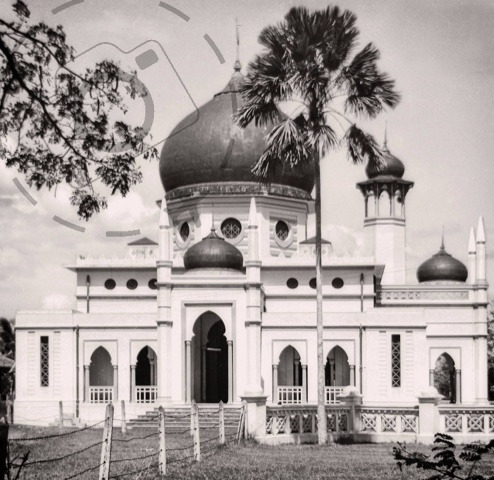
(Image: Gordon Hammond)
Photography is all about manipulation, whether in the studio or in the field. Every image is an interpretation of how you saw life at a particular moment in time and is the most remarkable way of preserving and sharing that memory.
These days the RAW image is the logical format because it contains more raw data to work with and greater freedom to interpret because of the sheer volume of pixels with the millions of shades and tones. My son is a very successful fashion photographer much in demand with the leading magazines and designers in the world. He uses colour negative film exclusively. The top magazines are not interested in digital images. It costs him a small fortune from buying the film, to developing and then, wait for it, scanning it. So he ends up editing his work in a digital world. I have demonstrated to him that once you understand editing using good software you can replicate the results using a RAW image only.
Basically, the camera and the software are tools in the hands of an artist who captures the moment and is free to bring the creation to completion as what he or she wants. Much depends on how the image is to be utilised. Certainly as a travel photographer much of my published work is a believable representation of what I saw or what was there, but there is heaps of room for interpretation, which when performed skilfully results in a work of art. I just love the richness of the memories of my life - faces and places which would have faded from memory but remain alive and vivid in a treasure trove of beautiful images.
Just wanted to compliment you on your article. Always appreciate and admire your work.
Cheers and the best for 2023.
- Gordon Hammond
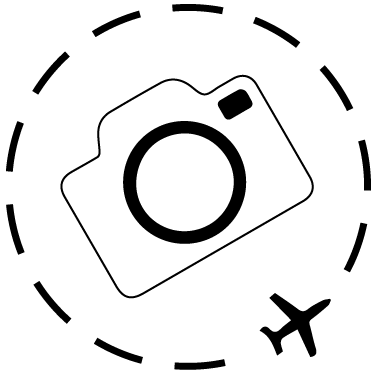
Keep Reading
Join Ewen's newsletter for monthly updates on new photography articles and tour offers...Subscribe Here
